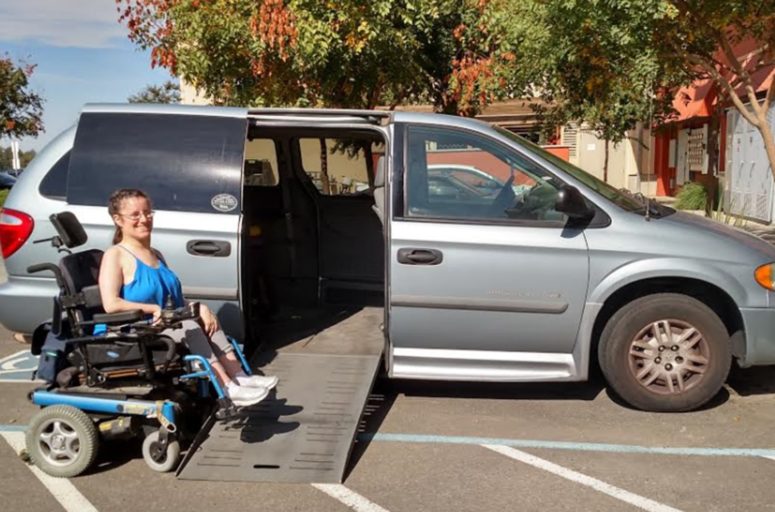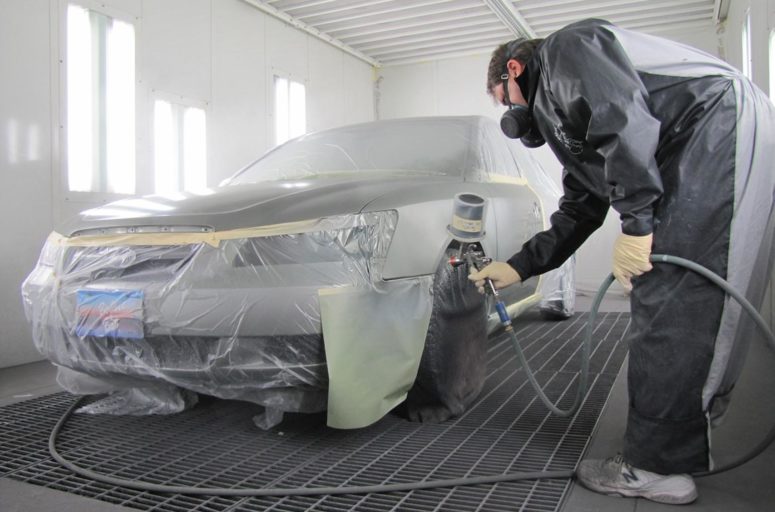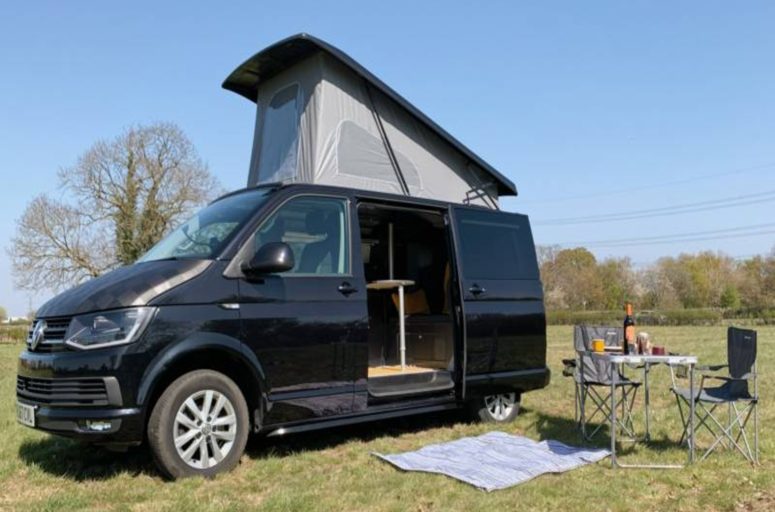Automobiles And Accessibility
Motor vehicles like sedans, SUVs, vans, and trucks are built with great care. But these automobiles are acceptable only to healthy drivers and riders. They are not fit for those who have physical and mental disabilities. The disabled vehicles have come to the rescue of such challenged passengers. These cars have special features so that they can switch on or off without any difficulty. They are also popularly known as the wheelchair access vehicles or WAVs.
- Accidents and diseases can have a negative effect on physical mobility. They lead to partial or complete paralysis or other types of physical handicaps.
- Those with disabilities require a specialised, custom-made vehicle. The older cars can also be modified to satisfy unique accessibility requirements.
- Auto designers focus more on space, layout, elevation, entry and exit points. Their adaptations also consider the size, shape, and making of the car’s model.
- Disabled may or may not be accompanied by a caregiver or assistant. But the vehicle has to make room for additional passenger seat or seats.
- Ramps and lifts are the primary mechanisms for transferring the user. The wheelchair also fits in due to lowered floors and more headroom.
- Modifications are generally made at the back of the vehicle for disabled users. Restraining belts and locking systems are also fitted to assure extra safety.
Tips For Caregivers
Physical and mental disabilities are caused by disease, trauma, or genes. The patients may not fully recover and wheelchairs become a permanent fixture. They become depressed due to immobility and lack of physical activity. The disabled vehicles become a boon as they ensure safe and comfortable travel. Caregivers have to follow these tips and guidelines –
- Wheelchair access vehicle does not solve all the accessibility problems. The adaptations and safety features are located on or inside the car.
- The assistant has to be physically fit and do some stretching before the lift. The wheelchair has to be placed at a specified angle before the car’s door.
- Open the door and take the chair as close as possible to the vehicle. Lock the brakes, fasten the waist belt and then perform the transfer.
- If a ramp is being used, make a clear path by removing the footrests. Stay close and assist the user when they move towards the chair’s edge.
- The car seats should be slid as far back as possible to make extra space. The user should lean back and hold on to the armrests during transfer.
- Users with weak knees should also be given additional support while lifting. The caregiver has to direct the user when to lean, hold, or shift the body.
Physical disability creates mobility problems and disabled vehicles are the answer. These wheelchair accessible cars have a special ramp or lift at the back. The user and the caregiver have to be careful while getting in or out of the car. The interior spaces, safety belts, and locks have to be used at all times during transfer or travel. The handicapped users have to be supported and supervised by the assistant to prevent any trauma.




